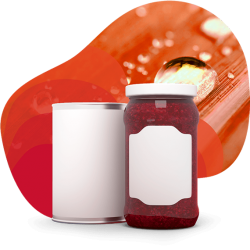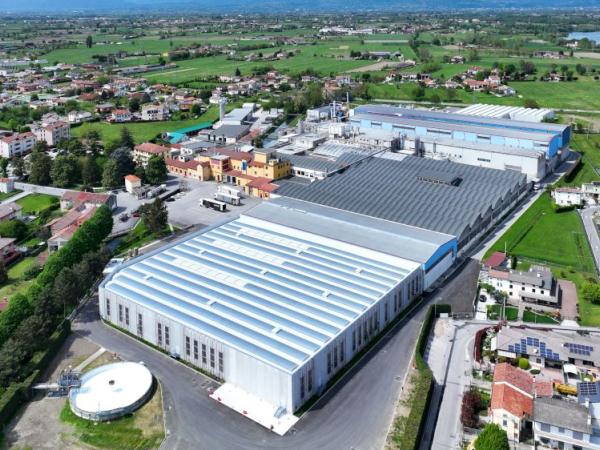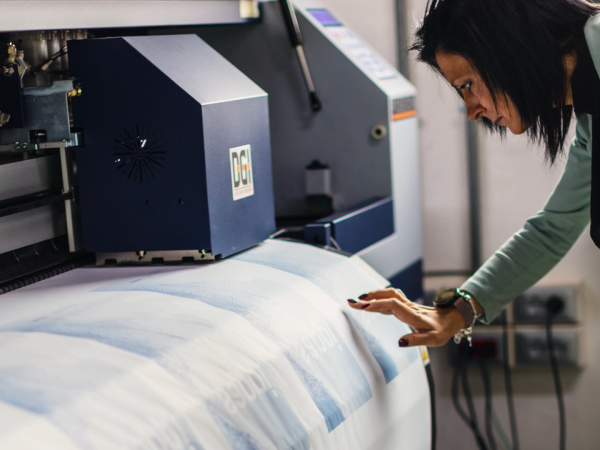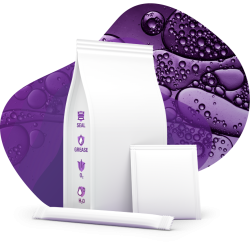
What are the raw materials used to make dye sublimation paper?
Paper is made with renewable resources , and in all its various shapes and forms touches the lives of every one of us. Making first-class paper – such as that required for the best sublimation papers – begins with the production of the most important raw material: pulp.
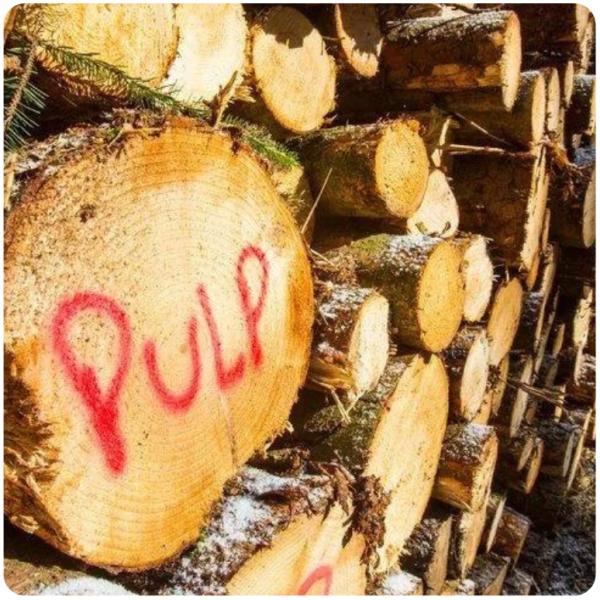
Sourcing woodfibre responsibly
The pulp and paper industry typically uses portions of trees that are not useful to the solid wood industry. Trunks of large trees go to sawmills, with pulp making utilising the residual chips from this process alongside smaller diameter trees unsuitable for solid wood industry.
Trees are divided into two groups: evergreens (including conifers) and deciduous trees (that shed their leaves each winter). Of the conifers, mainly spruce, fir and pine are suitable for paper making because their fibres are longer, which is important for creating a strong paper. Beech, birch, poplar and eucalyptus are the main deciduous trees found in paper manufacturing.
Given Sappi’s reliance on forests as a source of material for paper making, it’s essential that wood is obtained in a responsible way that keeps forestland forested. For Sappi, trees are sourced from sustainably managed forests where healthy trees flourish in healthy soil in tandem with other flora, fauna and fungi.
Well managed forests are also growing forests, and in this context, it should come as no surprise that European forests actually grew by an area equivalent to the size of Hungary between 1990 and 2020.
Wood chips are purchased from sawmills or produced in the pulp mills. To produce wood chips, the wood goes through a debarking process. Any material that cannot be used in the pulp production process, such as bark, is used to produce steam and green energy. The pulping process converts the wood chips into pulp, before paper machines convert the pulp into a thin base paper.
Making the base paper
Like woodfibre, water is an essential natural resource on which paper making depends. Water is used in all major process stages, including raw materials preparation, wood chip cooking, washing and pulp screening, and paper production (pulp suspension dilution, pulp refining and fabric showers).
The paper making process begins with a pulp suspension that contains 1% fibre and 99% water. However, our paper products only have an average of 4% water content, meaning that a dewatering process is carried out throughout the different stages of the paper making process. The water so removed is collected, recovered and reintroduced into the process over and over again.
When the water can no longer be reintroduced, sophisticated waste water plans on the paper line treat the water and return it to the waterway.
Closed water circulation systems and waste water plans are a part of Sappi’s environmental management system. We are focused on eco-effective actions that can reduce our water consumption and improve the quality of treated water we return to the environment.
If you are interested in understanding how Sappi’s sustainability targets are in relation to sustainably managed forests, reduction of energy and water consumption, have a look at our 2022 Group Sustainability report or our contribution to the UN Sustainable Development Goals (SDGs).
Production of the base paper also requires binders, pigments and fillers, whereas the proportion of the individual components depends on the targeted performance of the paper. At the end of the process, a coating layer of different pigments, binding agents and process materials is applied.
Different recipes for individual requirements
Sappi’s portfolio of dye sublimation papers offers different kinds of paper which are approved for different printers or applications. Individual requirements of industrial and plotter printers differ for example in terms of drying times and their correlation of printheads and inks.
Other aspects that influence the choice and proportions of raw materials are the need of tackiness in the transfer process or the type of substrate the design is transferred onto. Textiles ask for different characteristics than hard substrates, for example. As a result, the specific recipe ensures a superb flat surface as well as excellent printability and transfer of the image onto the desired material.
Since there are many different raw materials involved in paper making and their accessibility and quality is crucial to the complete process, Sappi has dedicated teams to ensure availability of all components. They are key to keep the well-known quality of its papers at the highest standard.

